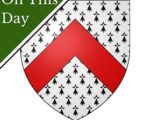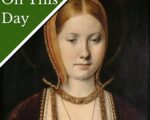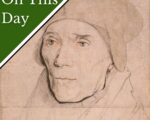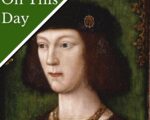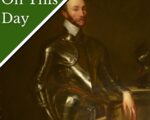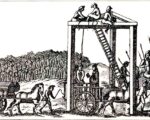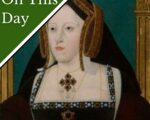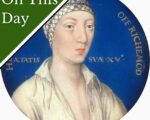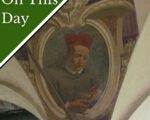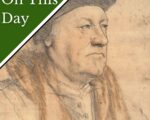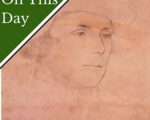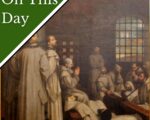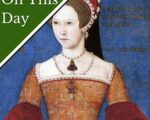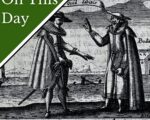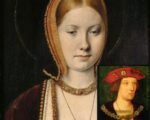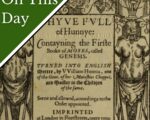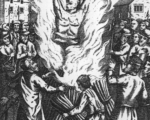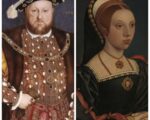
On this day in Tudor history, 30th June 1541, Henry VIII and his fifth wife, Catherine Howard, set off on their royal progress to the North.
The main aims of the progress were to meet Henry’s nephew, King James V of Scotland, at York in September, and to show the king’s authority in the north, following the Pilgrimage of Grace rebellion, and to humiliate his subjects with displays of submission from them.
Here is my detailed video on this progress, which lasted from this day until the end of October, and was a huge undertaking with the whole royal court travelling from London as far north as York. It was on this progress that Catherine Howard had secret meetings with a member of her husband’s privy chamber, a certain Thomas Culpeper.
[Read More...]

